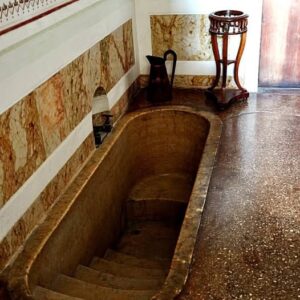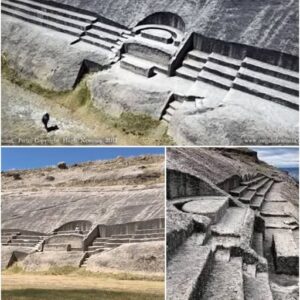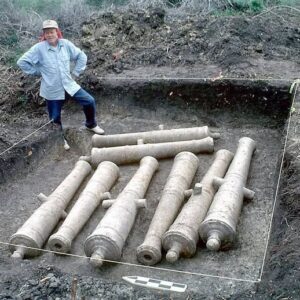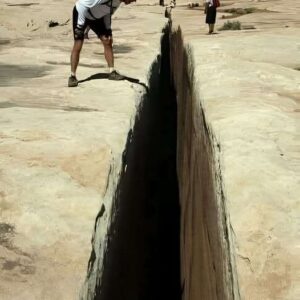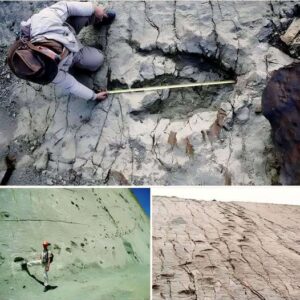The meticulous recovery of Mazarrón 2 was spearheaded by a dedicated team from the University of Valencia, led by esteemed archaeologists Agustín Diez Castillo and Carlos de Juan. Collaborating with skilled restorers, underwater archaeologists, and students from the university’s Master’s Program in Archaeology, the team employed cutting-edge techniques to ensure the safe retrieval of this remarkable vessel.
A notable aspect of the project was the incorporation of state-of-the-art 3D modeling technology. By crafting intricate models of the ship’s 22 primary components, the team was able to meticulously strategize the extraction process, anticipate potential obstacles, and develop tailored approaches to protect fragile sections.

The ongoing excavation has yielded an array of astonishing discoveries. Exceptionally well-preserved remnants of ancient ropes and ceramic fragments have offered invaluable insights into Phoenician shipbuilding techniques and trading practices. The ceramics have the potential to illuminate the nature of goods exchanged across the Mediterranean, while the preserved ropes provide a rare glimpse into the rigging and construction methods of the vessel.
These findings are poised to enrich our understanding of the day-to-day experiences and seafaring traditions of ancient Phoenician sailors. The revelations from Mazarrón 2 serve as a testament to the importance of archaeological endeavors in unraveling the mysteries of the past and shedding light on the vibrant maritime history of the Mediterranean region.
